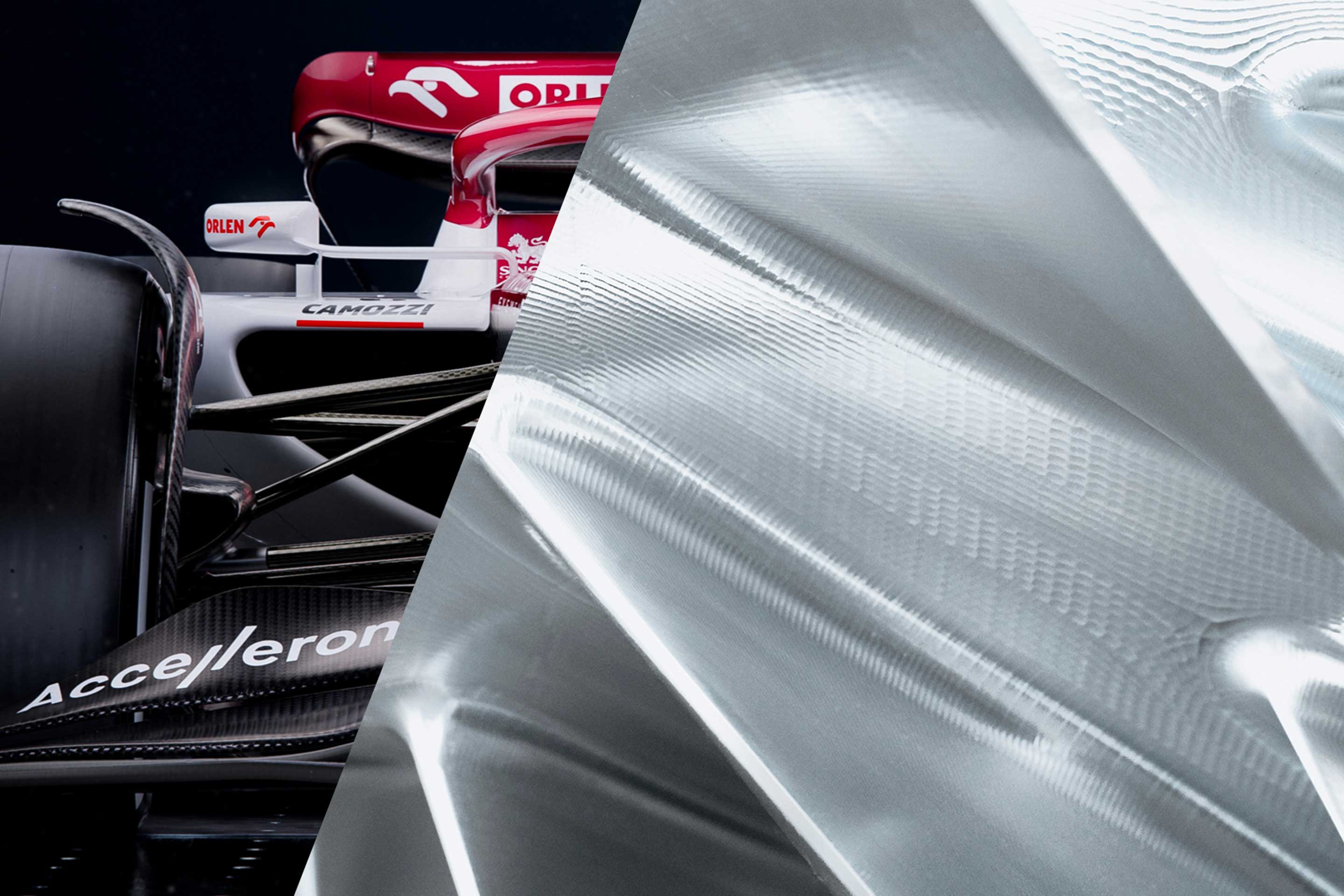In our last article, we looked at how individual component testing was critical to enhancing performance in a turbocharger or a Formula 1 car. This week, we’re examining another powerful tool in the development engineer’s arsenal: additive manufacturing.
Think “additive”, think “addition”
In the stone arrowheads of prehistory, you’ll find the earliest examples of an approach to manufacturing mankind has employed throughout its evolution: start with a large block of material, remove the excess and reveal what you’re making. It’s a technique you’ll find in the marble statues of antiquity as much as the CNC machined components of today’s turbochargers.
Additive manufacturing, on the other hand, begins with nothing. Thin layers of materials are meticulously layered on top of each other, “printed” to form a final component. But this simplistic description belies the technique’s potential to disrupt the traditional process of research and development. To understand that, you need to speak to someone like Alessandro Zucchelli, Head of Design & Engineering Advanced Technology Development at Accelleron.
John Wayne gets engineering
More popularly referred to as 3D printing, additive manufacturing is a topic even outside the specialized world of turbocharging R&D. Amateur enthusiasts can even purchase basic 3D plastic printers to use at home. Asked whether the recent hype around the topic is justified, Zucchelli answers cautiously but confidently: “It’s not the answer to every problem. But as a developer, it gives you so many options you just didn’t have before.”
For Zucchelli and his team, additive manufacturing has been an innovation accelerator. Traditional methods of manufacturing force developers to be conservative. “You’re tied to the expense and complexities of a process geared towards production, not prototyping. You have to be cautious.” Not so with additive manufacturing: “The time between having an initial idea and test bed-ready prototype collapses.” This gives developers the agility to take what Zucchelli jokingly describes as the “John Wayne” approach to development engineering: “Print first, then ask questions.” Try new things – you might learn something surprising.
A new level of service
But if additive manufacturing empowers engineers to think more flexibly in their pursuit of next generation technologies, it’s also a game changing tool for getting the best possible performance out of yesterday’s.
Accelleron runs an installed base of over 180,000 thousand turbochargers, some of which have been in operation for as long as four decades. All have highly specific component specifications, but maintaining a traditional production line for each individual part isn’t always economically viable. “We’ve been very proactive about printing legacy parts” explains Zucchelli, “so that should it be needed, a spare is available.”
But the flexibility of additive manufacturing offers another advantage: the potential for retrospective upgrades. “If design advances have been made since an original component was installed, there may be a way to integrate those advances into the replacement parts.” Thus, the benefits of future design improvements could even extend to legacy models already operating in the field.
F1-Inspired Engineering
With his enthusiasm for the potentials of additive manufacturing, what does Zucchelli make of Accelleron’s new partnership with the Sauber Group? The Hinwil-based motorsports specialists have long used additive manufacturing for many of the same reasons as Accelleron: speed, flexibility and incomparable advantages for component testing. The process is essential to delivering a reliable, competitive machine within the constraints of a narrow development window. Engineers even print 60% scale models of the entire car to better understand its full aerodynamic profile.
“Engineers in Formula 1 and turbocharging share a common language,” Zuchelli explains, “we’re both trying to extract the maximum possible performance out a machine.” The inherently competitive nature of motorsports means teams are constantly pushed to deliver. “Formula One is a race on and off the track. You need to have a very healthy way of looking at experience. There are no failures: just opportunities to learn.”
As part of one of the first collaborative projects between Accelleron and Sauber, Zucchelli is confident the partnerships will yield results: that the teams will find new spaces and approaches that will lead to real performance advantages. But he reserves his greatest enthusiasm for the exchange of engineering cultures the partnership enables. “Whether it’s in motorsports or turbocharging, the complexity of the problems engineers are facing are growing. So is the importance of solving them.” And that will take agility, imagination, and just a little of daring. “Now more than ever, you need to foster that attitude that gives you the courage to try: to have an idea and think, “why not?”














